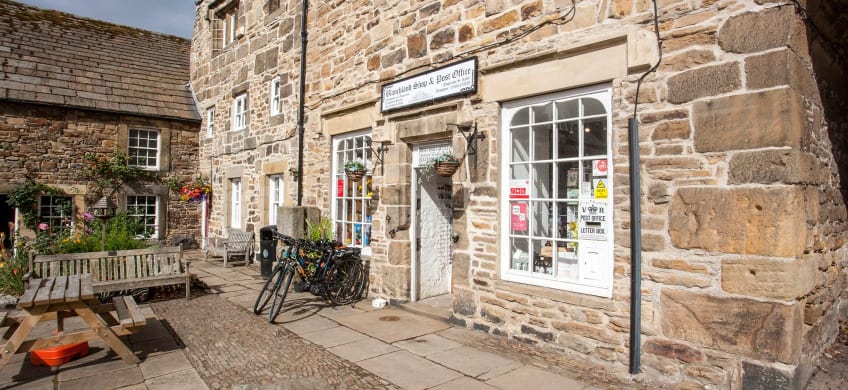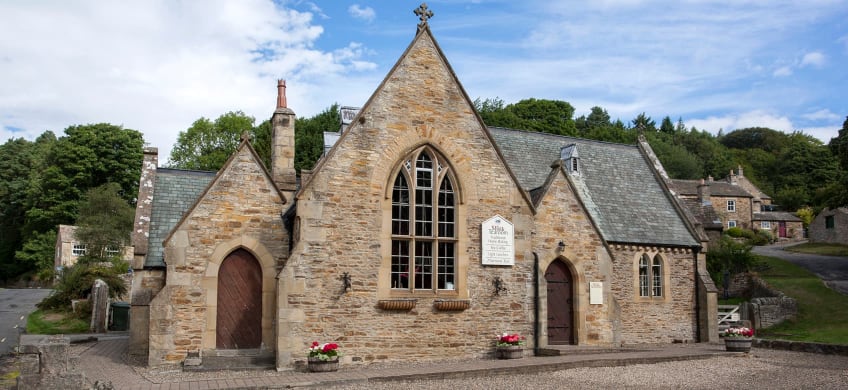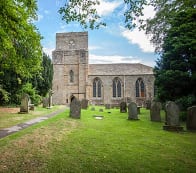The Estates
Thanks to prudent Christian stewardship by previous generations of Trustees through the Charity’s 300 year history, Lord Crewe’s legacy has been preserved with most of the properties left to the Charity on Lord Crewe’s death in 1721 still owned. We continue to manage the estates with a long term view and in ways that both yield important income for our charitable output, and support local communities.


The Estates Today
The Charity’s estates at Seahouses and Blanchland extend to over 9,000 acres, generate a gross annual income of £1.3m and have a capital value of around £42m.
Approximately a third of that income is generated from agricultural tenancies and a quarter from 47 directly let residential properties – all but two of which are located at Blanchland.
Perhaps more surprisingly, for what might reasonably be regarded as ‘rural’ estates, over 40% of the gross income relates to commercial lettings, notable amongst which is the freehold interest in the Lord Crewe Arms in Blanchland and, in Seahouses, the golf club, caravan park and main car park.
Tourism is an important feature at both Seahouses and Blanchland with the Northumberland coastline being the principal draw for the former, and the distinctive built and natural environment at the latter. Indeed, Blanchland is unusual in its numerous designations, being part of a Site of Special Scientific Interest, a Special Area of Conservation, a Special Protection Area, and being part of the North Pennines Area of Outstanding Natural Beauty. The Estate has 11 Scheduled Ancient Monuments and 46 Listed Buildings.

Origins
The estates Lord Crewe left to his charity had been purchased from the family of his wife, Dorothy Forster. The Forster family had been considerable landowners in Northumberland, including the lordship of the manor and Bamburgh Castle.
Among their possessions were the small towns of Shoreston and North Sunderland, the manor of Blanchland with its monastery, the rectory and monastery of Shotley, Fleetham in Bamburgh parish, the manor of Thornton, houses at Alnwick, fishing rights on the Tweed and on the Derwent, and the presentations to four livings and chapelries.
The estates remained very largely intact until 1894 when the Trustees, faced with massive costs for restoration, sold Bamburgh Castle to Lord Armstrong. Other significant sales from the original estates have included the western edge of the Blanchland Estate in the early twentieth century, and parts of Seahouses Village, including the harbour, and twentieth century developments.

Ethical Property Management
Mindful of the impact which property management can have on all stakeholders in the Estates as well as wider society, we have adopted an Ethical Property Management Policy.
The Policy sets out ethical ways in which property management should be undertaken on the Trustees’ behalf, including principles of fairness, sustainability and collaboration.
Property Management
If you have any queries relating to the estates, please email us.
You might also be interested in
The history of Seahouses
The Sea Houses were developed as the Trustees invested in growing the importance of North Sunderland harbour in the 19th century, later becoming the better known place name.
The history of Blanchland
From its monastic origins, through lead mining to the rural community it is today, Blanchland has experienced varying fortunes over the centuries.










